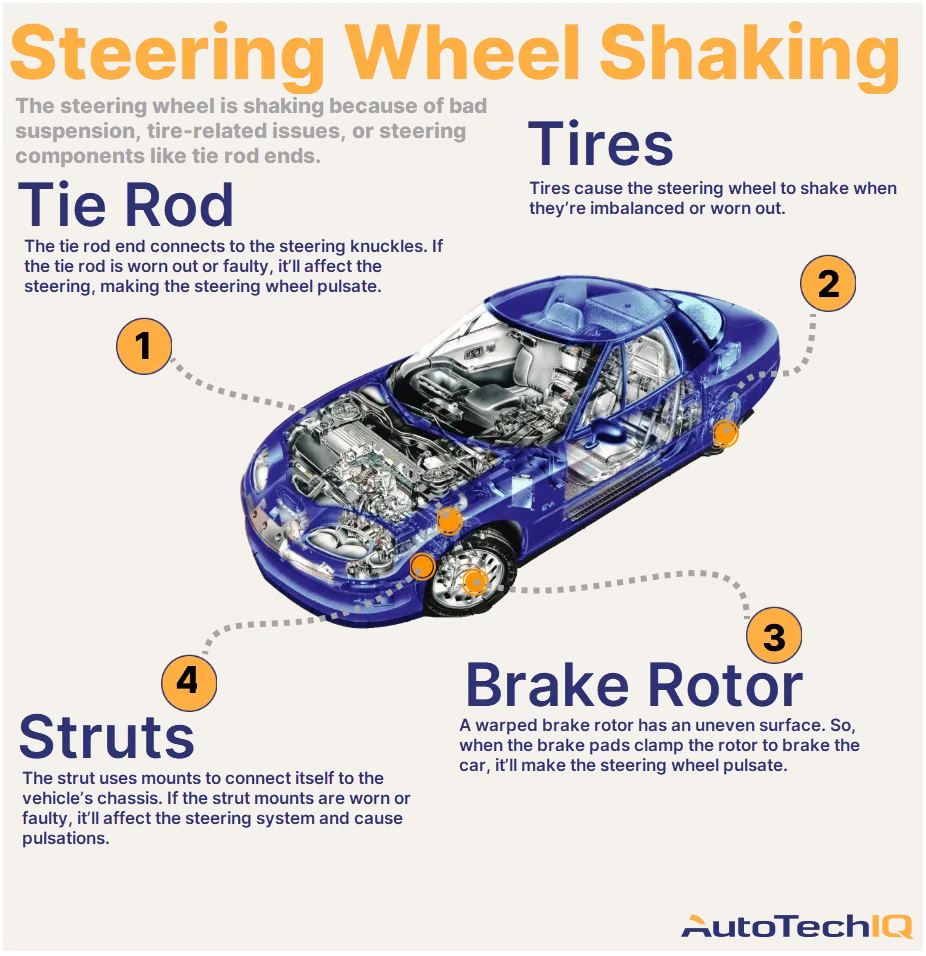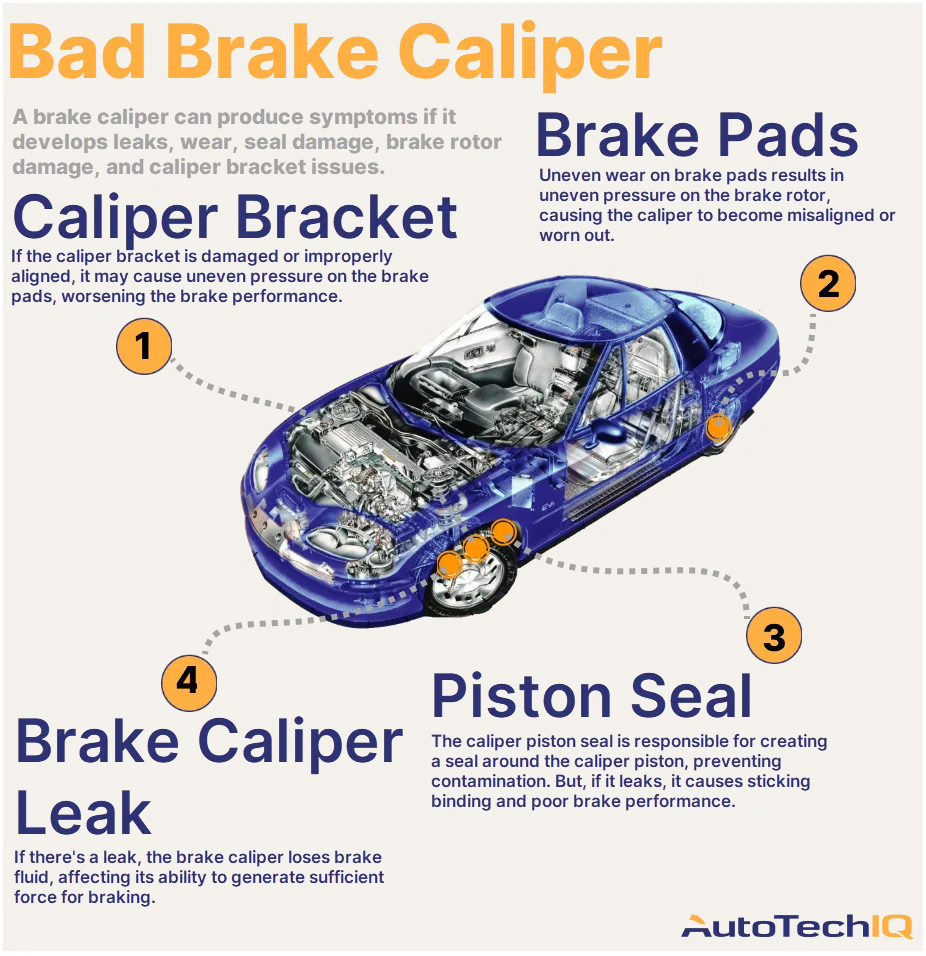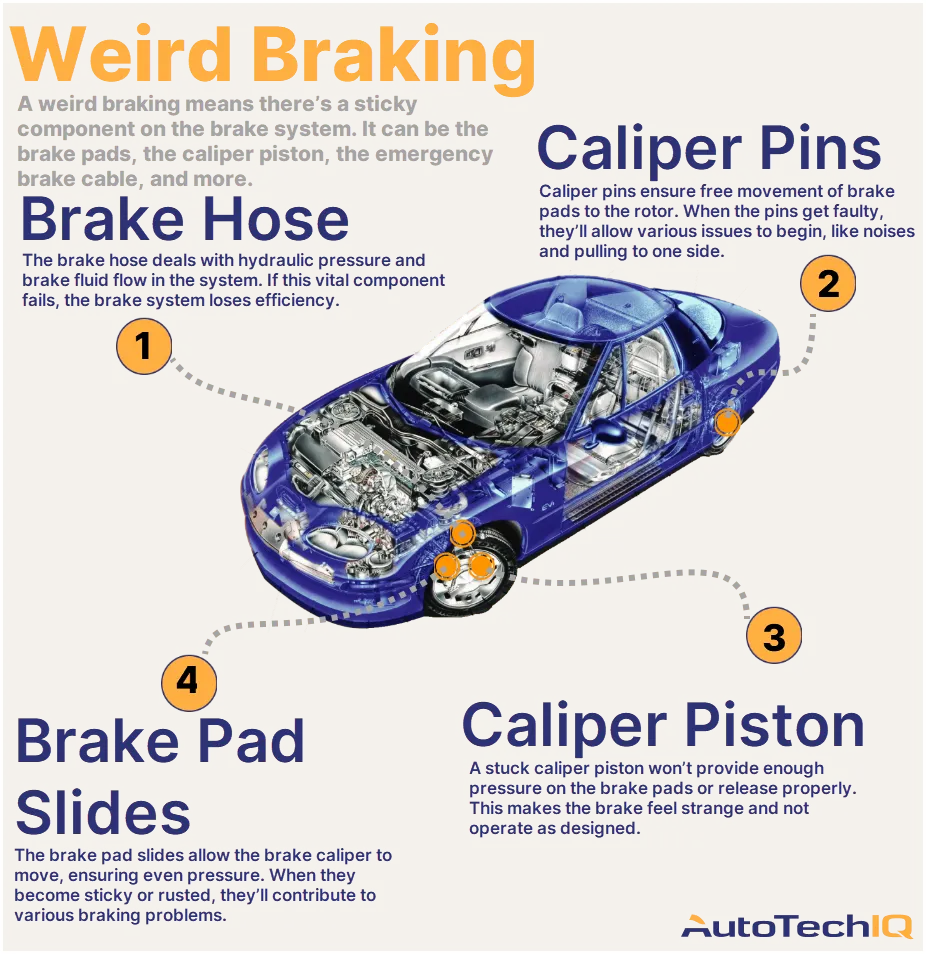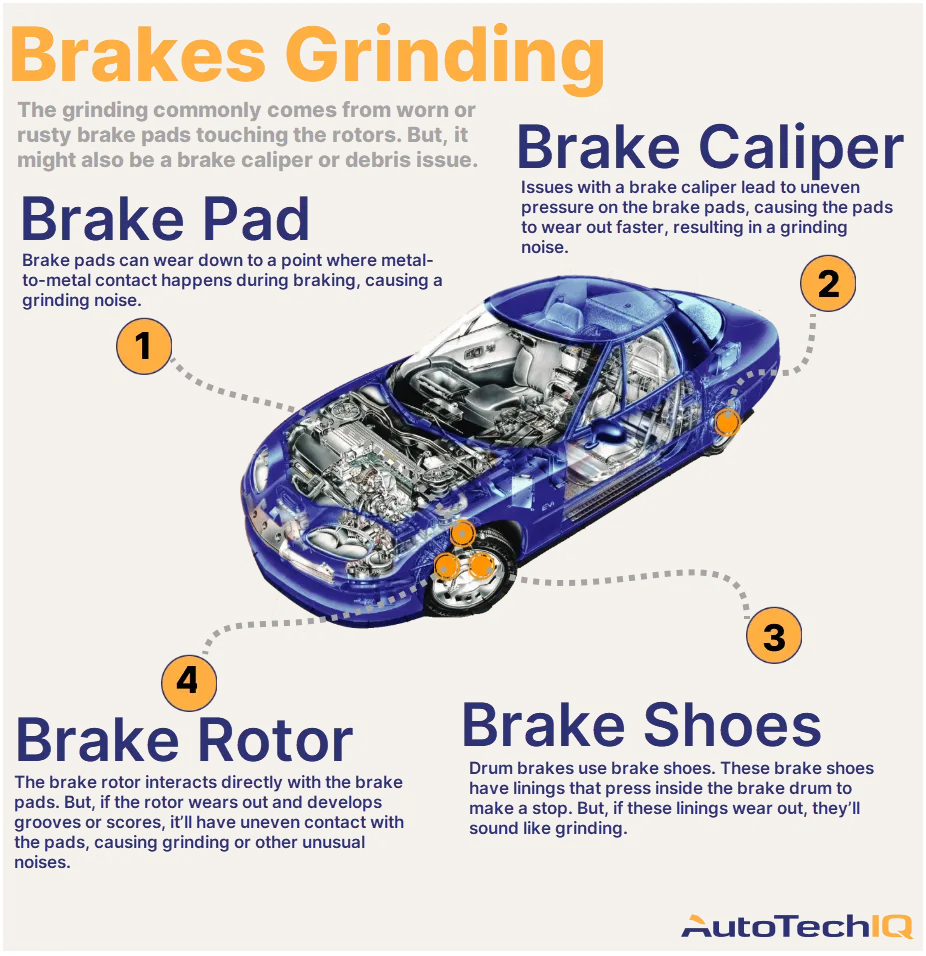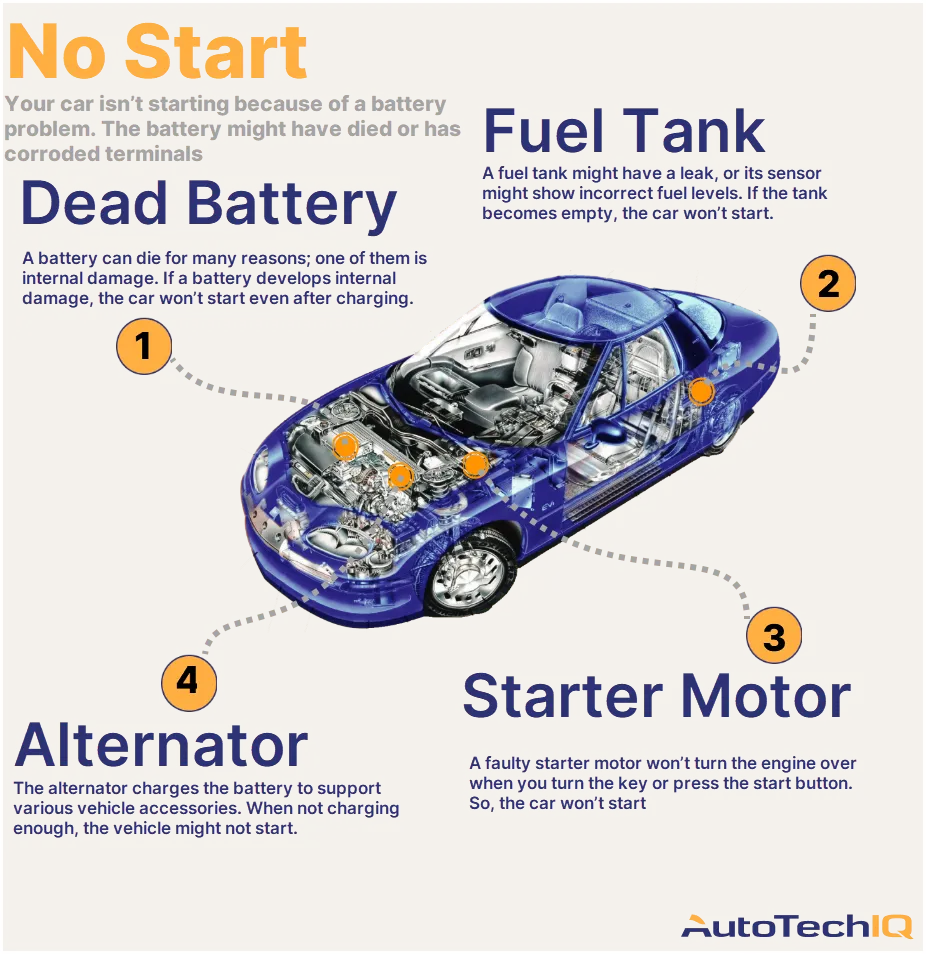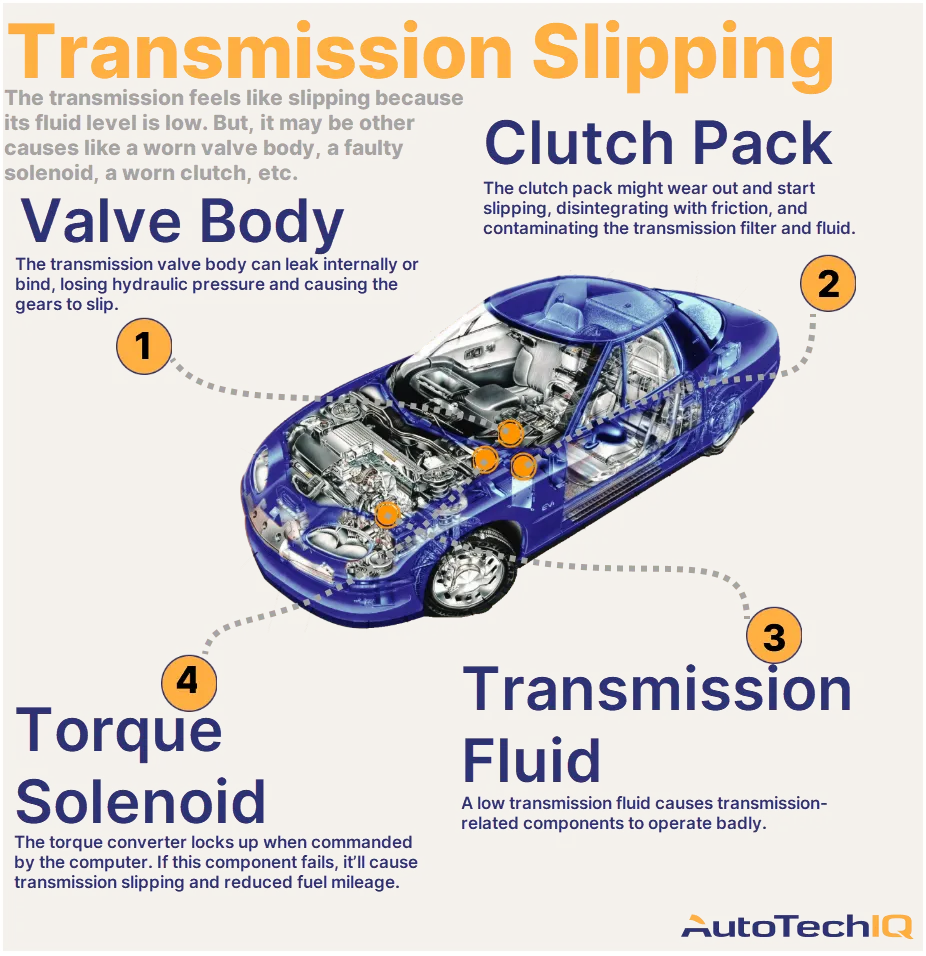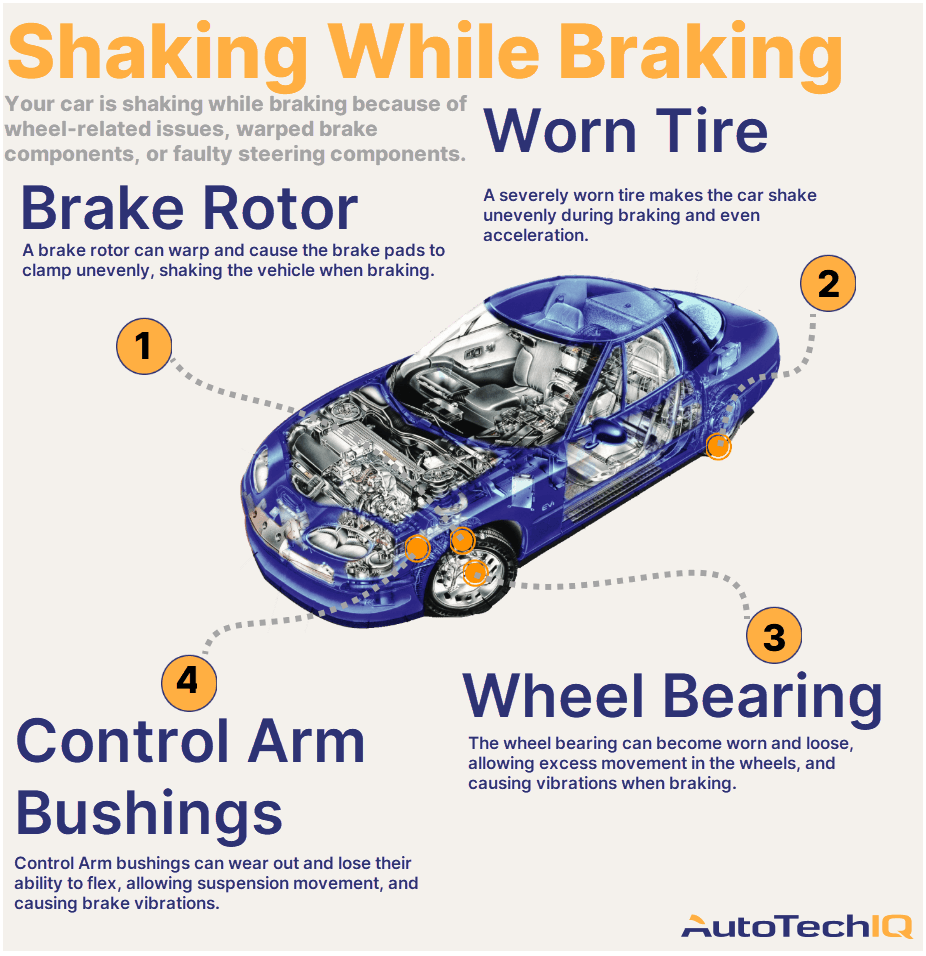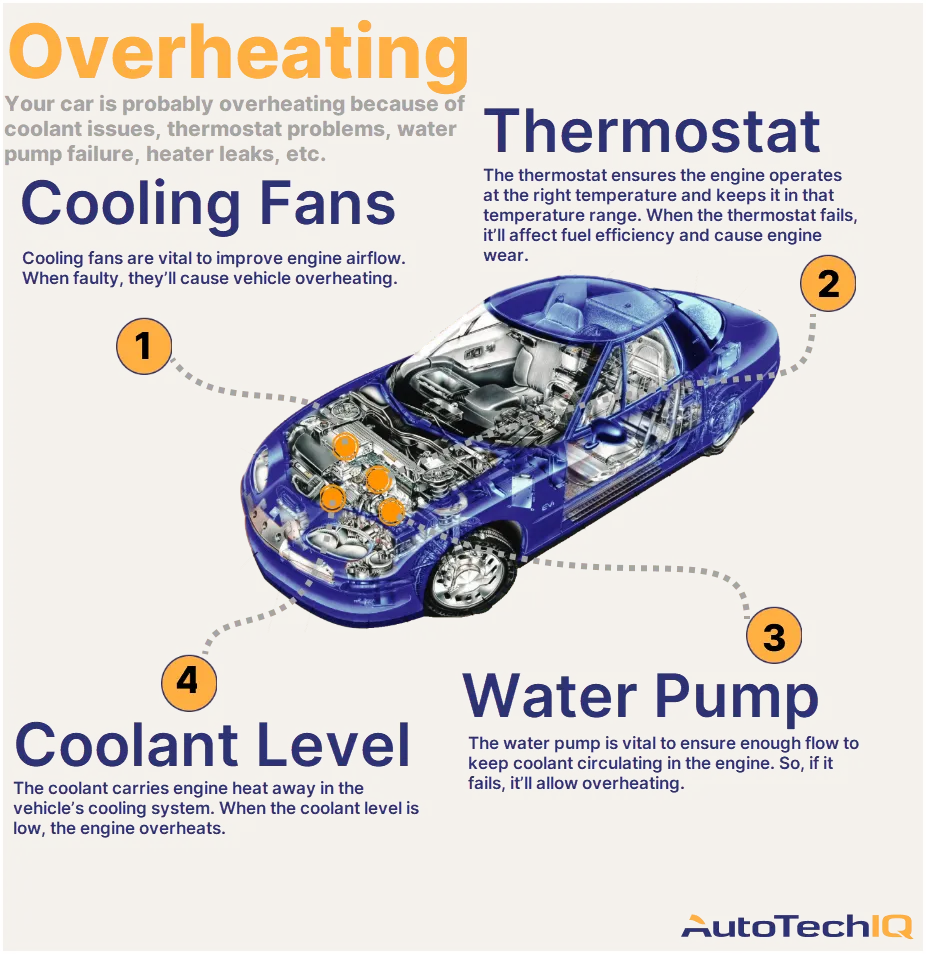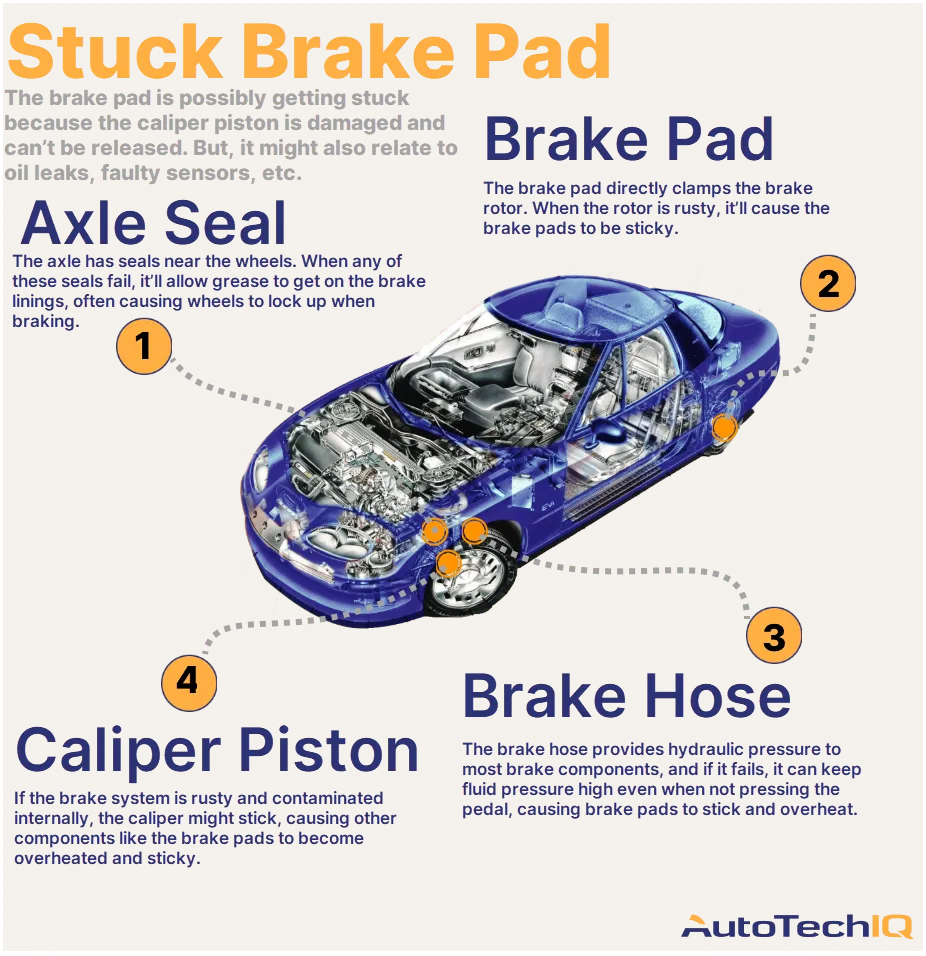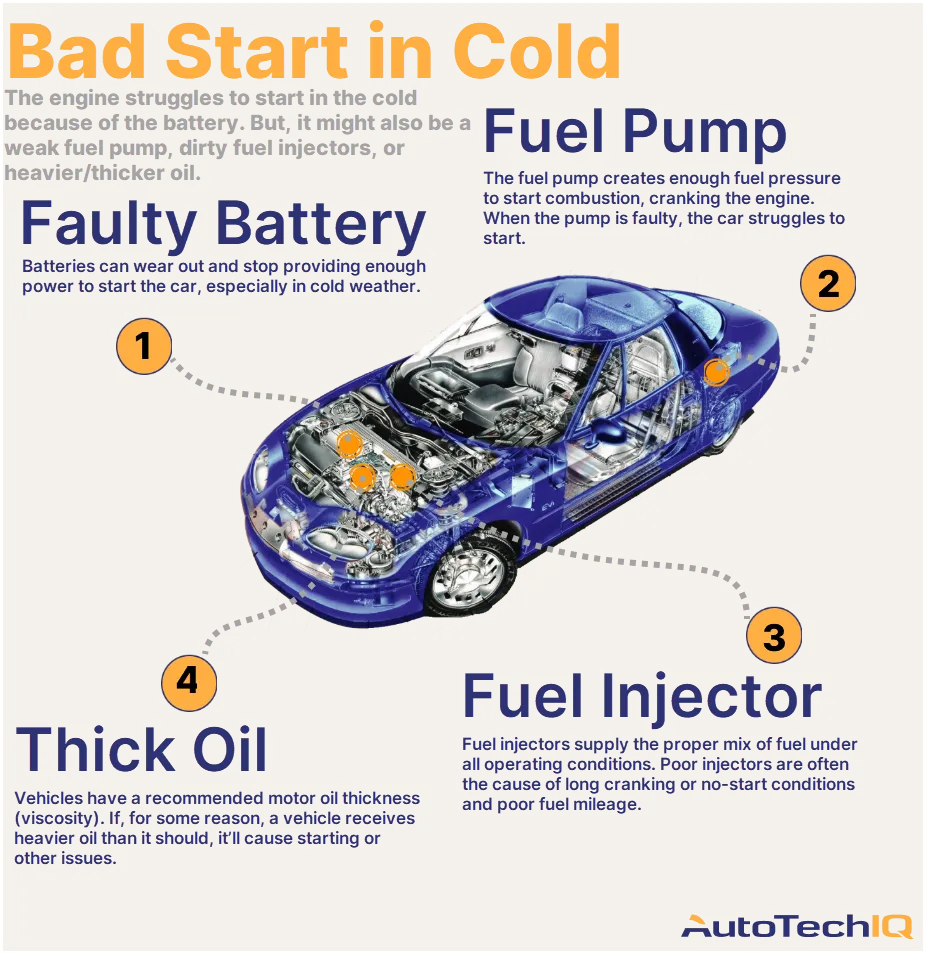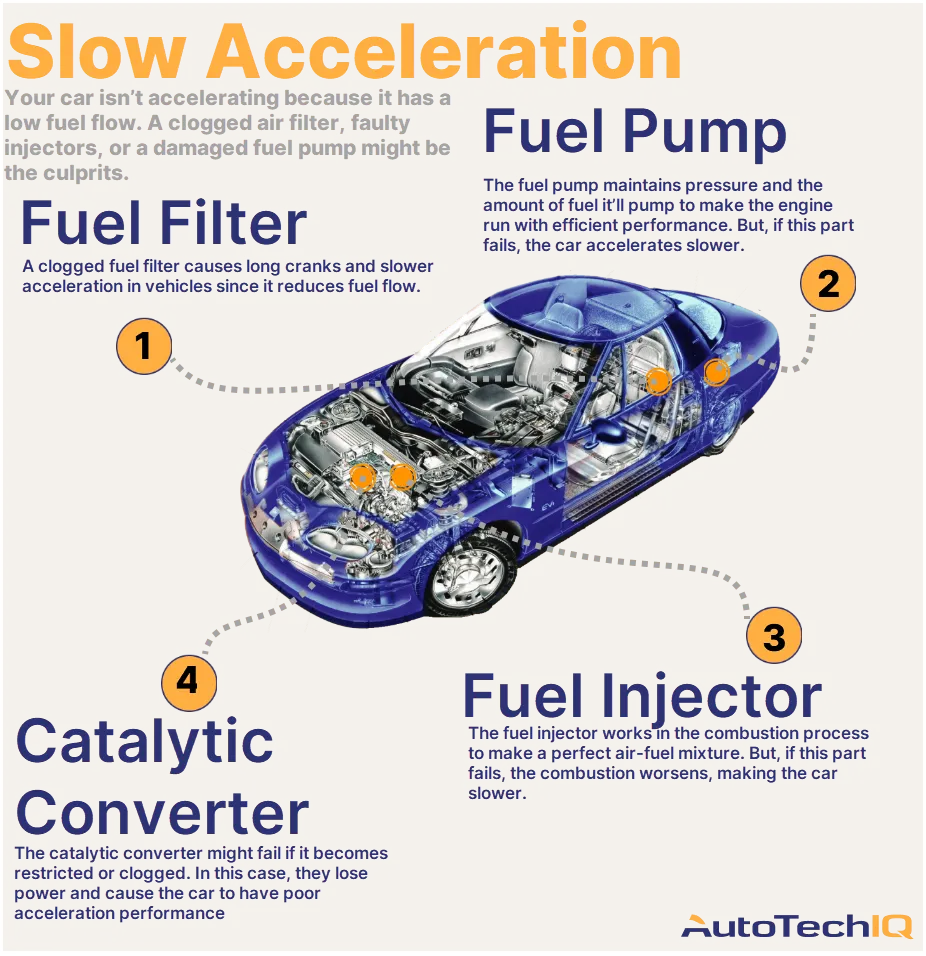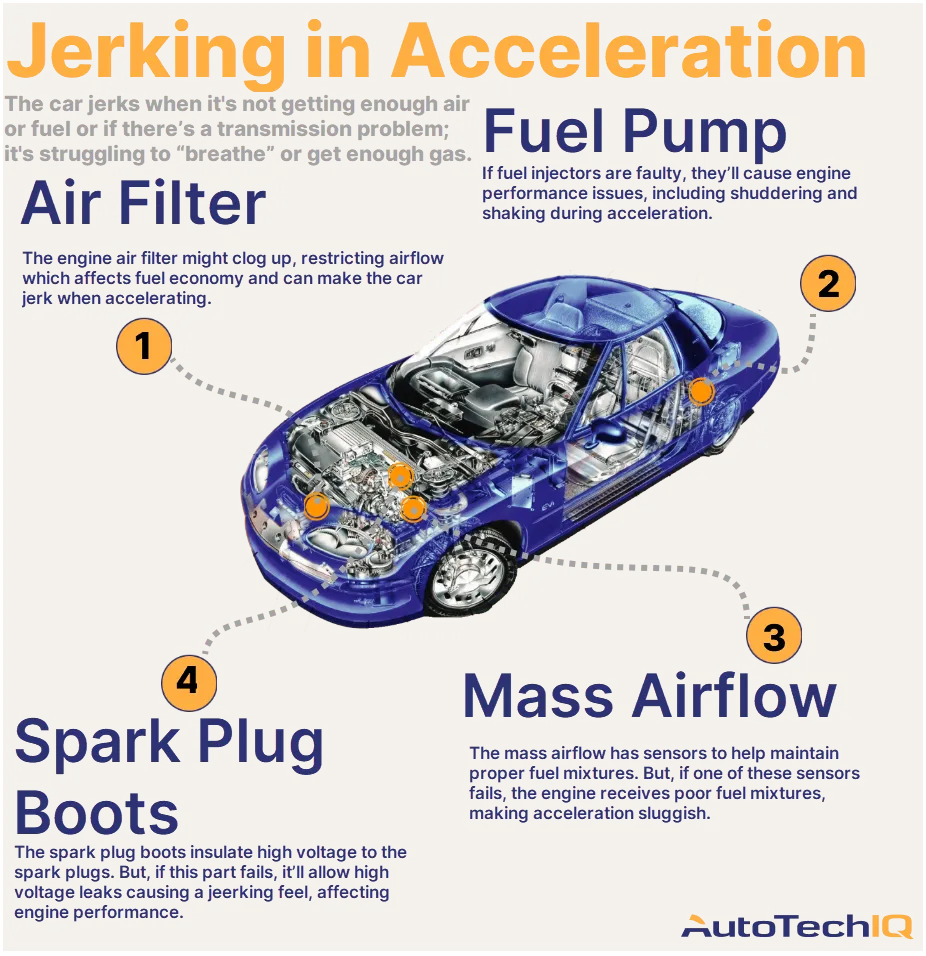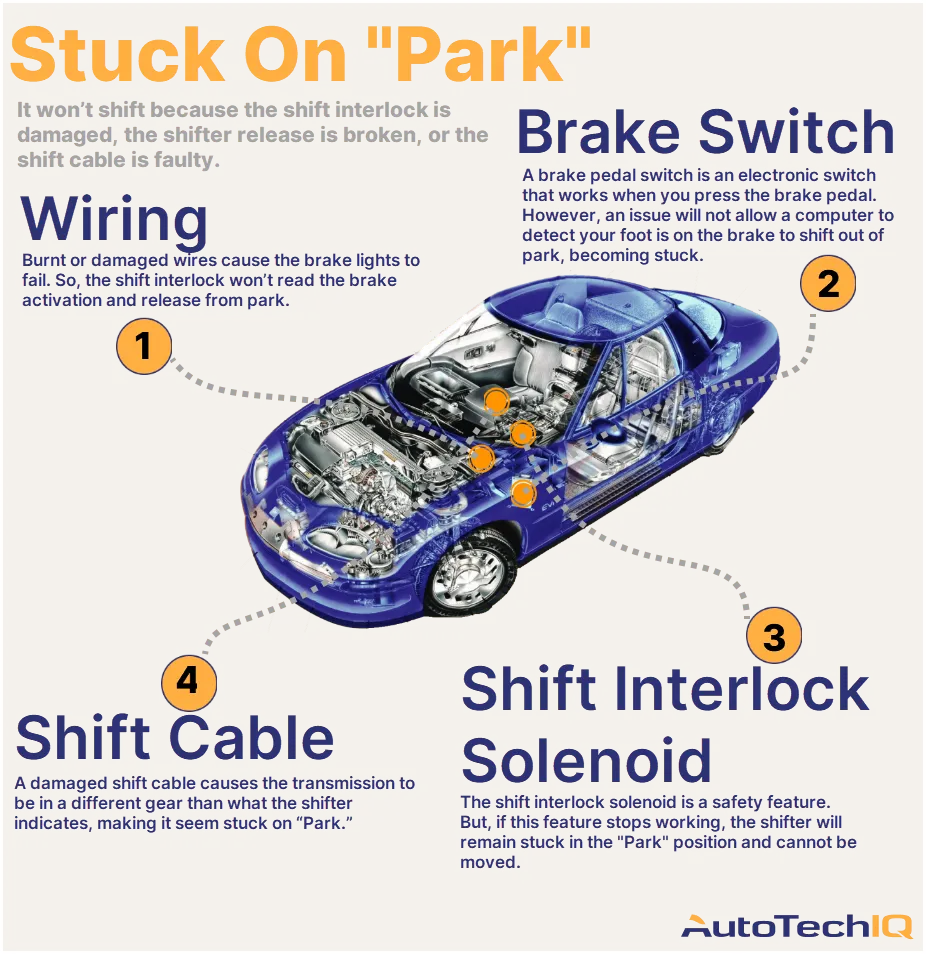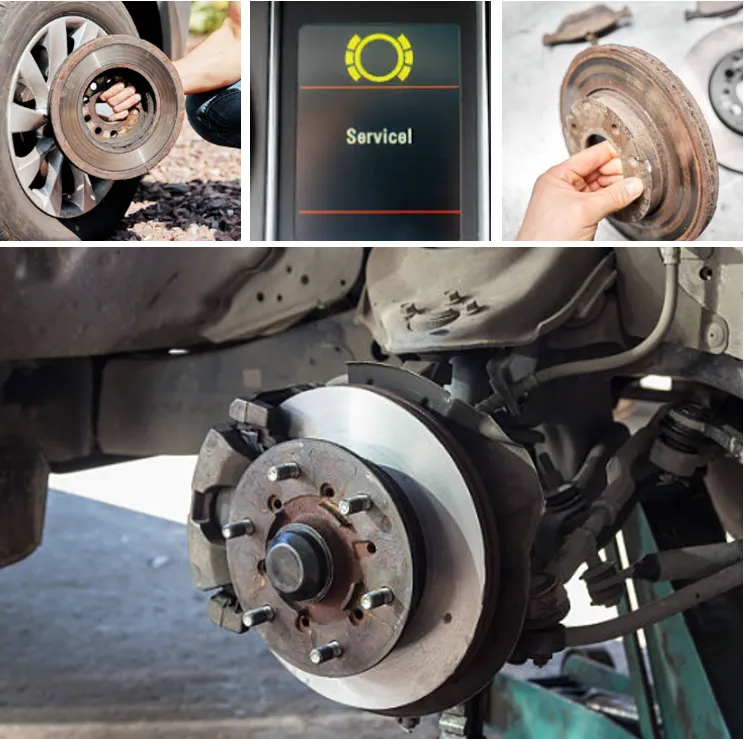
Brake rotors are fundamental components of the braking system, directly influencing a vehicle's safety. When brake pads make contact with these rotors, friction is generated, which breaks the vehicle. Made of cast iron, metal, or ceramics, these rotors are situated on the vehicle's hub.
During regular operation, brake rotors can sustain damage. This can often be attributed to overheating and rapid cooling, causing the brake rotor to warp. In intense braking scenarios, the temperature of brake rotors can surge to 932 degrees Fahrenheit, distributing unevenly across the rotor. This results in the rotor bending, thickening in the middle, leading to deformation and swift wear. When faced with swift acceleration and braking, where the rotor can cool quickly, discrepancies on the rotor surfaces and distortions can arise. Uneven surfaces can also develop on rotors due to substandard brake pads or pads that have outlived their lifespan. In such instances, it becomes necessary to also replace the brake pads during a brake system overhaul.
Signs of a malfunction that require you to contact a repair shop:
- Inadequate pad contact with the brake rotor.
- Extended braking distances.
- Brake pad wear sensor activating on the dashboard.
- Inefficient braking, with discernible grinding and steering wheel
- shaking during braking.
Key Points for Brake Rotor Replacement:
- Brake rotors should always be replaced in pairs, typically for a single axle of the vehicle. Even if one rotor exhibits rapid wear (e.g., due to a seized caliper), both should still be replaced to ensure consistent braking.
- Rotors should always be replaced alongside brake pads. It's advisable to replace rotors that aren't fully worn out sooner if there's doubt about their ability to last another brake pad cycle.
Indicators suggesting the need for new rotors include markings on the rotor, measurable using a caliper's depth gauge. For cast or forged wheels with sparse spokes, measurements can be taken directly through them. Generally, manufacturers suggest rotor replacements if their thickness diminishes by 0.07 inches on each side. This advice is especially pertinent for ventilated rotors with thinner walls. For specific recommendations, consult your vehicle's service manual.
Other signs warranting replacement include uneven wear, discernible grooves, or rotor wobble. The latter can manifest as brake pedal pulsations when pressed or body vibrations during movement, even if the wheels are balanced and the wheel bearings and drives are in good order.
Driving a vehicle with compromised brake rotors is not only discomforting, but perilous. This can lead to wheel jamming, brake caliper failures, and costlier repairs. Thus, it's essential not to postpone brake rotor replacements.
Brake rotor replacements should be delegated to specialized auto service centers. Given the critical nature of a vehicle's braking system, only trained professionals should oversee its maintenance. In technical centers, adept mechanics can swiftly assess the brake system's condition and replace rotors if necessary.


